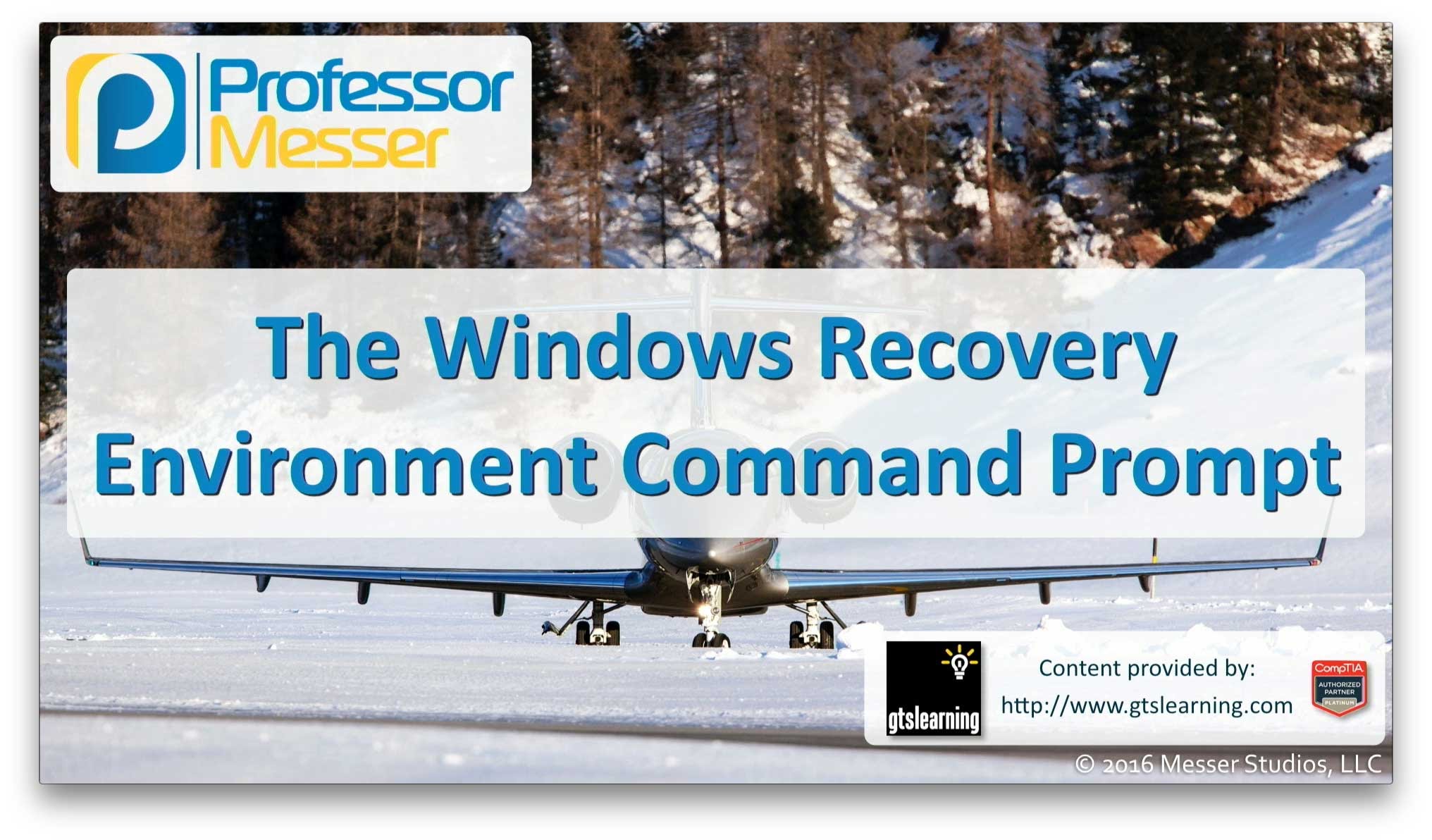Windows Recovery Environment Commands
Reagentc /enable. Yes, they are different. To edit the XML to all ZEROs will make Windows to Reset Windows RE settings, after you enter reagentc /enable command. For the State part, I reset it once and set it to 4. So the difference of it shows in the above attachments in my last reply. You may leave it to 5.
- How To Enter Windows 10 Recovery Environment From Boot
- Windows 10 Recovery Environment
- Windows 8.1 Recovery Environment
How To Enter Windows 10 Recovery Environment From Boot
. The easiest way to access System Recovery Options is via the Repair Your Computer option on the menu.
If for some reason you can't access the Advanced Boot Options menu or the Repair Your Computer option isn't available (as in some Windows Vista installations), you can also access System Recovery Options from a Windows Setup disc. Finally, if neither above method works, you can on a friend's computer and then start System Recovery Options using that system repair disc on your computer. Unfortunately, this only works if both computers are running Windows 7.

The Windows Recovery Environment Command Prompt – CompTIA A+ 220-902 – 1.3. Now that we’re at the Command Prompt, let’s do some troubleshooting. Let’s say that our problem is with the master boot record of our boot drive. This is not in a partition. It’s part of the very first sector of the boot disk. How can the answer be improved?
In a recent series of blog posts, I showed you how to use the various tools on the Windows 8 Recovery Drive to revive an ailing Windows 8 installation. Microsoft Weekly NewsletterBe your company's Microsoft insider with the help of these Windows and Office tutorials and our experts' analyses of Microsoft's enterprise products.Delivered Mondays and WednesdaysAccessing the Command PromptTo boot up your system, just insert a USB Recovery Drive or an optical disc Recovery Drive and restart your system. If your Windows 8 system is failing to boot properly after a registry tweak or you need to extricate some nasty malware that has infiltrated the registry, you can launch the Registry Editor from the Recovery Drive's Command Prompt. However, because you have booted your system from the Recovery Drive, the Registry Editor will by default load the registry from the Recovery Environment, not the registry from your Windows installation.
Windows 10 Recovery Environment
Fortunately, once you know how, you can manually load the registry from your Windows installation.As you will notice, the default drive letter for the Recovery Environment is X. However, your Windows installation drive is still available and assigned to another drive letter. Most likely the Windows installation drive is D, but you can find out for sure by typing the following command: bcdedit find 'osdevice'When you run this command, it will display osdevice partition=?:Where the '?'
Is your Windows installation drive letter.Now that you know the drive letter of your Windows installation, type the following command to launch the Registry Editor: regeditWhen the Registry Editor launches, select HKEYLOCALMACHINE. Now, pull down the File menu and select the Load Hive command, as shown in Figure E.Figure E When the Registry Editor launches, it will display the registry from the Recovery Environment.When you see the Load Hive dialog box, use the Look in drop down to select the drive letter of your Windows installation that you found earlier. Then navigate to the WindowsSystem32config folder, as shown in Figure F. Then, choose the hive that you want to load. Table B shows the available registry keys and the location of the hive files.Figure F The config folder contains all of the registry hive files.For example, if you suspect that the Run key in the registry is being used to launch malware, you would select the SOFTWARE hive.
Security task manager key code list. Table B: The available registry keys and the location of the hive files.Registry KeyPath to hive fileHKEYLOCALMACHINE SAM%windir%system32configSAMHKEYLOCALMACHINE SYSTEM%windir%system32configSYSTEMHKEYLOCALMACHINE SOFTWARE%windir%system32configSOFTWAREHKEYUSERS.Default%windir%system32configDEFAULTHKEYCURRENTUSER%userprofile%ntuser.datWhen you select a hive, you will be prompted to give that hive a name. For the purposes of this registry editing session this name is just a temporary placeholder, so you can use any name that you want.
Windows 8.1 Recovery Environment
For my example, I am going to just use the word Test, as shown in Figure G. To continue, click OK.Figure G When you select a hive, you will be prompted to give that hive a name.At this point, the entire hive is loaded into the Registry Editor so that you can make any changes that you hope will allow your Windows 8 system to boot up normally.